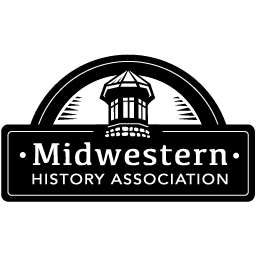Hamlin Garland Prize in Popular History
**The Hamlin Garland Prize in Popular History will not be awarded in 2025. Nominations that meet the criteria for the Jon Gjerde Prize should submit their works there.**
The Hamlin Garland Prize in Popular History honors a work of popular history about the Midwest published in the previous calendar year that contributes to broader public reflection and appreciation of the region’s past. The award is named after the Midwestern writer Hamlin Garland, a product of Wisconsin, Iowa, and South Dakota who sought to promote writing about his home region and published widely in popular outlets. His many books include Daughter of the Middle Border, which won the Pulitzer Prize in 1922. Works of popular history eligible for the prize include books written for a broad public audience.
In 2024, the Hamlin Garland Prize in Popular History committee—Emiliano Aguilar, Tracie Grube-Gaurkee, and Stefanie Aulner—selected Jesus Salas’ Obreros Unidos: The Roots and Legacy of the Farmworkers Movement (Wisconsin Historical Society Press) as the recipient from a field of strong contenders.
The committee commends this memoir for not only its engaging prose but the sheer engagement of scale deployed by Salas. While a Wisconsin story, Salas' expansive narrative shares the interconnectedness of this story beyond the state to the Great Lakes Region, the Midwest, and the transnational movement from Mexico by primarily Tejano migrant farmworkers. The activism by Obreros Unidos, or Workers United, extended a call for dignity and respect to the farmworkers while they lambasted the violations of minimum wage law and housing for some of the state’s most precarious residents. Within its pages are stories of solidarity across racial, union, and regional lines to support the national grape boycott but also evocative instances of community empowerment to protest against police brutality, advocate for educational attainment and support, and organizing within the workplace and sometimes even from restaurants. Obreros Unidos contributes to an increasingly rich tradition of Midwestern migrant narratives that simultaneously acknowledge the historical presence of Latinas and Latinos in the region while demonstrating the resilience of their placemaking efforts. Overall, this is a crucial story deserving to be shared among our courses and campuses that demonstrates the interconnectedness of the region.
Photo by Cory Haala

